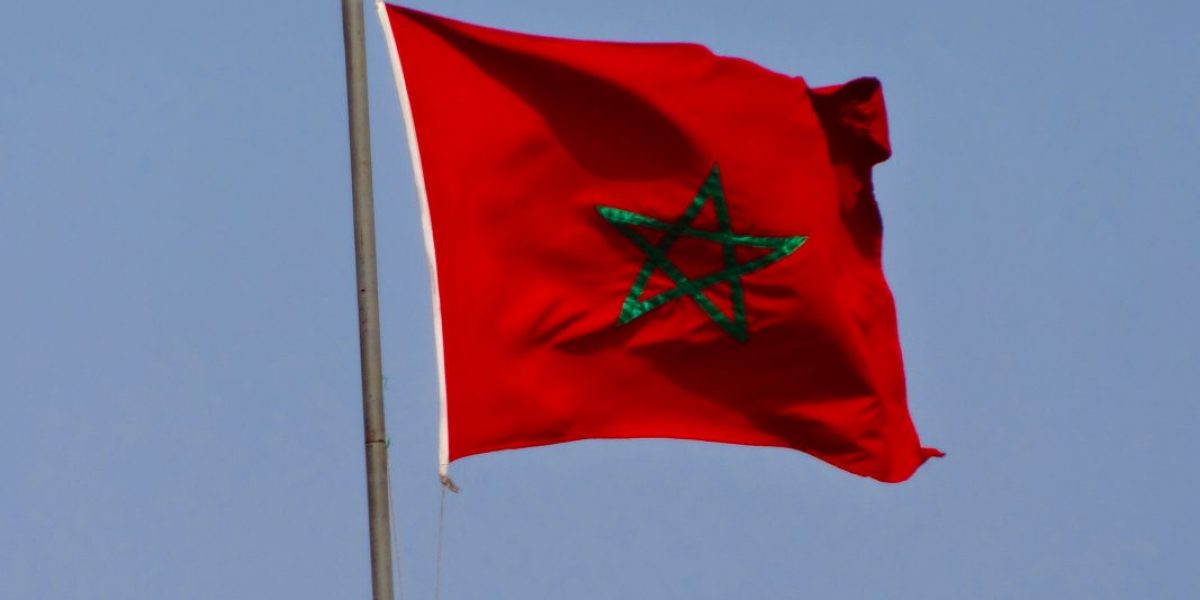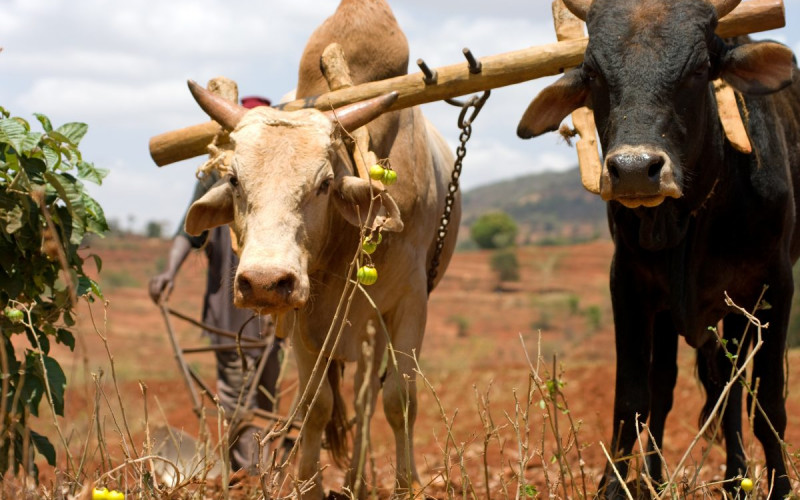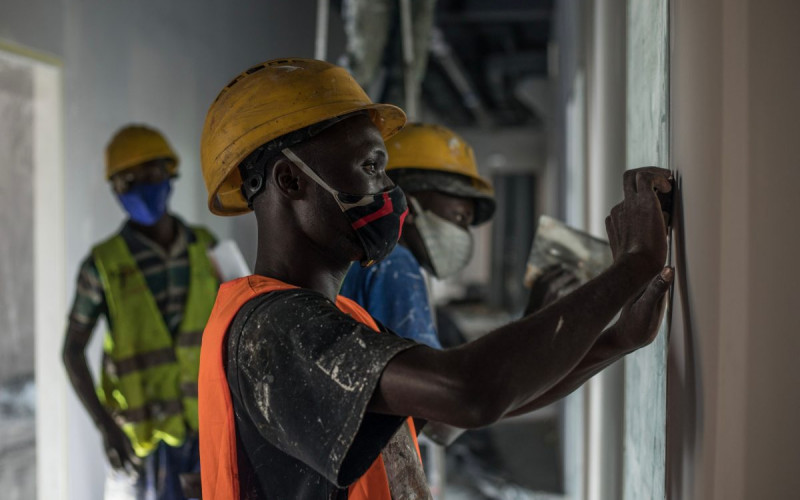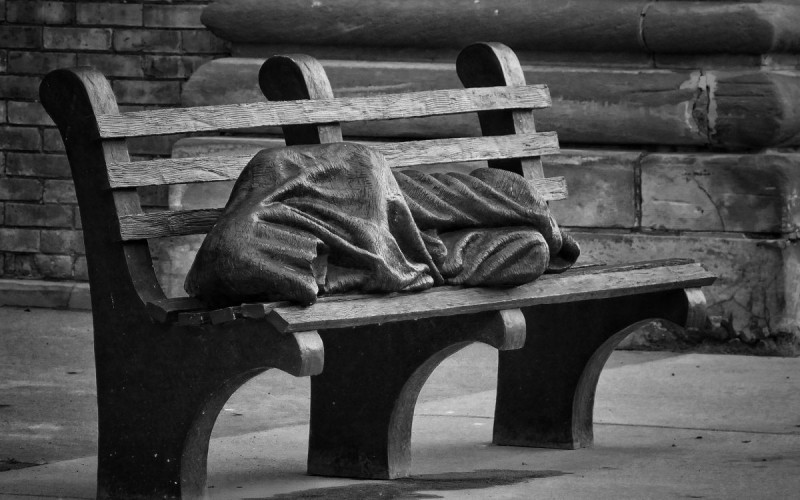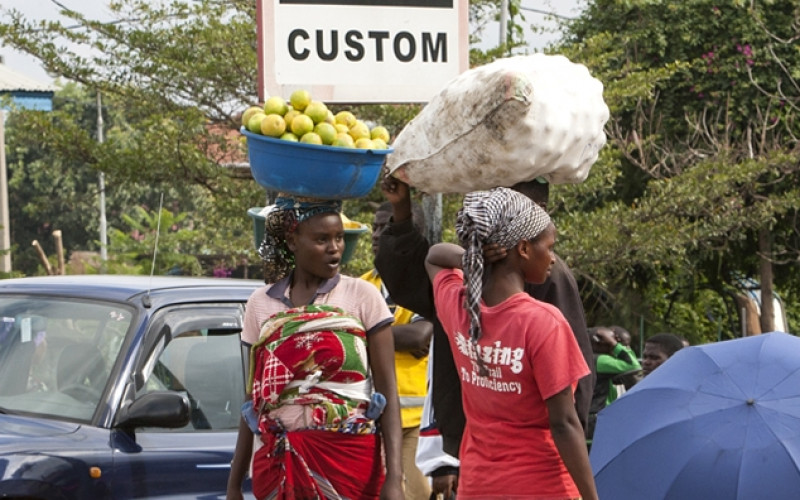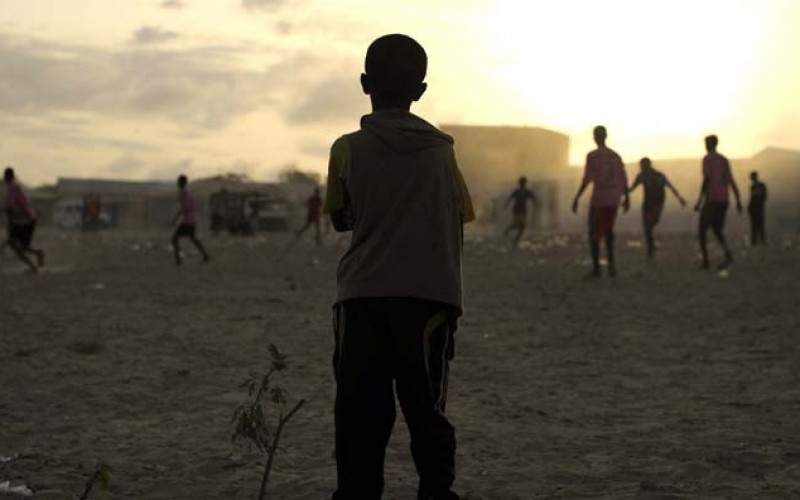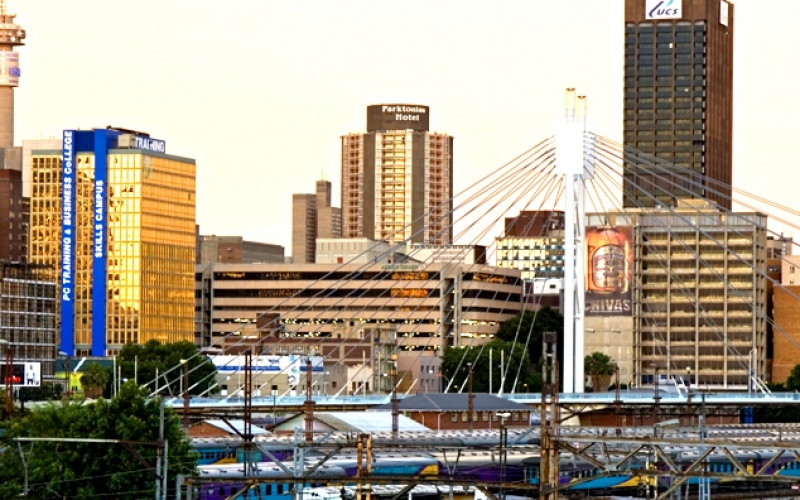It has determined that Moroccan chickens (like Moroccan cows, goats, and sheep) are scrawny, under-nourished, and under-productive. If Moroccan chickens were to be improved, more chicken meat and more eggs would be available for less money; people would eat more healthily and producers would make more money. All of this makes sense, and everyone, including the Moroccan government approves of the project. Thousands of baby chicks (Rhode Island Reds, I recall), along with a number of poultry experts are brought from the US. Money is invested in setting up incubation, feeding and breeding systems, and in training Moroccans to run them. The chickens do well. Soon it is time to put them on the market. The price is initially subsidized in order to gain market share. People buy them.
Months go by and soon it becomes apparent that there is a problem. People have stopped buying the chickens. Consultants are called in to find out why. It turns out that no one likes the taste of these chickens, and equally important no one likes the “feel” of the cooked chicken in their mouths. A deeper investigation reveals that Moroccans continued to cook these fat birds in their traditional way, which involves 3 to 4 hours of stewing over a low flame. If you do that to a Rhode Island Red you get mush. Do that to a tough scrawny no-name Moroccan chicken and you get something delicious, like the classic stewed chicken with preserved lemon and olives. The project failed.
GHANA, 1980s. An American NGO, with money from private donors and USAID, has got involved in assisting a group of local farmers in a rabbit production project. This NGO has worked in Ghana for many years and its staff of Ghanaian agronomists had previously studied rabbit production at the request of the Ministry of Agriculture in the 1970s, when USAID had supported the National Rabbit Project (NRP). Now, with this past knowledge under its belt, the NGO considers the market, the challenges of production, and the risks in helping the farmers’ group. Careful calculations are made about the availability of feed and breeding stock; likely disease rates and means of prevention.
Some of the money in the NGO’s USAID grant was earmarked to construct a model Family Backyard Rabbit Hutch, so that people could see the best way to raise their own rabbits. The design of this state-of-the-art hutch is in sharp contrast to the wattle and daub structures in which the people lived. As the design enables the breeding of rabbits under controlled conditions, production will increase significantly and the farmers who raise them should make money. More important, in a time of food scarcity, Ghanaians will have access to affordable meat protein.
In mid-1983 the NGO places a full-time manager on the project site and construction begins. Fifty rabbit hutches are completed, and a hammer mill (to be used to process feed) is ordered from an agricultural machinery importer. In the next few months the project staff immerses itself in the details of rabbitry; procuring supplies, feed, pumps, tattoo boxes (used to brand the rabbits), freezers, generators, etc. The economy is not in good shape in the early 80s and most materials needed are hard to obtain in Ghana. The options for import are all expensive (where to get chicken wire – from the US, from Europe?), but for now there is no choice if the project is to move forward. Telexes fly back and forth to the NGO’s home office back in the US, asking it to help deal with procurement.
After three years of problems (disease, continued feed and equipment procurement difficulties, vehicle breakdown), very few rabbits have been sold. A consultant is brought in to review the whole project. Among other things, he finds that some of the project’s model rabbit hutches are now occupied not by rabbits but by the farmers themselves. The staff has kept excellent records, and it doesn’t take long for the consultant to do a tally of the full cost of the rabbits sold (in the best two months of sales, only 104 had been sold). Taking into account the administrative overhead of the NGO’s home office that went into helping the project, each rabbit sold appears to have cost $1,440. The project is closed.
MUBENDE, Uganda, 1990s. The Twesigane Savings & Credit Society, with assistance from a British NGO, registered as a Savings & Credit Society with the District Cooperative Association on 7 August 1996. It began with 25 members and now has 45, of which 33% are women. While some members can read and do arithmetic, by and large the group is weak in literacy and numeracy skills. They are poor, and mostly cultivate land in the area, which while boasting fertile soil, lacks sufficient ground water. The idea proposed to the local people was that if they set up and ran their own savings and credit society as a small micro-credit bank, they would be able to borrow money, make money on their savings, and keep growing their fund so that over time they would be able to take out larger and larger loans, enabling them to begin other income earning activities.
The idea of rotating credit was familiar to some members as some had already belonged to a traditional credit circle, in which a small group contributes to a kitty each week, at the end of each cycle one person gets the whole lot, revolving until everyone has benefited from the lump sum. The new S&C group began building its fund equity through mandatory initial share purchases of 5,000 Uganda Shillings (about $3.60 at 1999 exchange rates) each, plus 2,000 USh in membership fees, and a 450 USh registration fee in order to pay for books and stationery. Members were required to save monthly at the minimum rate of 1,000 USh per meeting. These savings were to earn 2% per month calculated at a flat rate.
Savings were not regularly contributed, nor was attendance at meetings ever close to 100% and after a few months about 15% of the membership began to shift and drop out, partly due to migration from the area. Still, members did begin lending from their revolving fund in small amounts at an interest rate of 10% per month for a four-month loan term. The record books were not kept well enough to accurately determine arrears or repayments.
In November 1997, the group said that members’ requests for loan amounts could never be met and requested a “topping up” grant from the British NGO of 250,000 Ush, taking the Society’s funds to 1.6 million shillings ($1,153). But after the topping up, there was still no change in the gap between the amount members requested and funds available. The savings ledger shows that as from May 1998, all savings activity stopped. It was explained that because of poor economic conditions and many pressures on their lives, members decided that regular savings had become too difficult.
In March 1999, apparently by member vote, the group decided to pay out, monthly, to three different members each month, an amount of 100,000 Ush ($72) each. In theory, by the end of the 15th month, all 45 members would have received this amount. But my calculations showed that the total available would cover only the first 25 members, and then the money would run out. In effect, the group had voted to distribute whatever equity it had accumulated, effectively dissolving the society and the rotating fund.
These details seemed to come as a surprise when I brought them up to the British NGO’s field development officer in charge of the society, though he had been working with the group for more than nine months. Senior staff at the country office explained this by reminding me that field development officers have a great deal to do and many specialties to cover.

